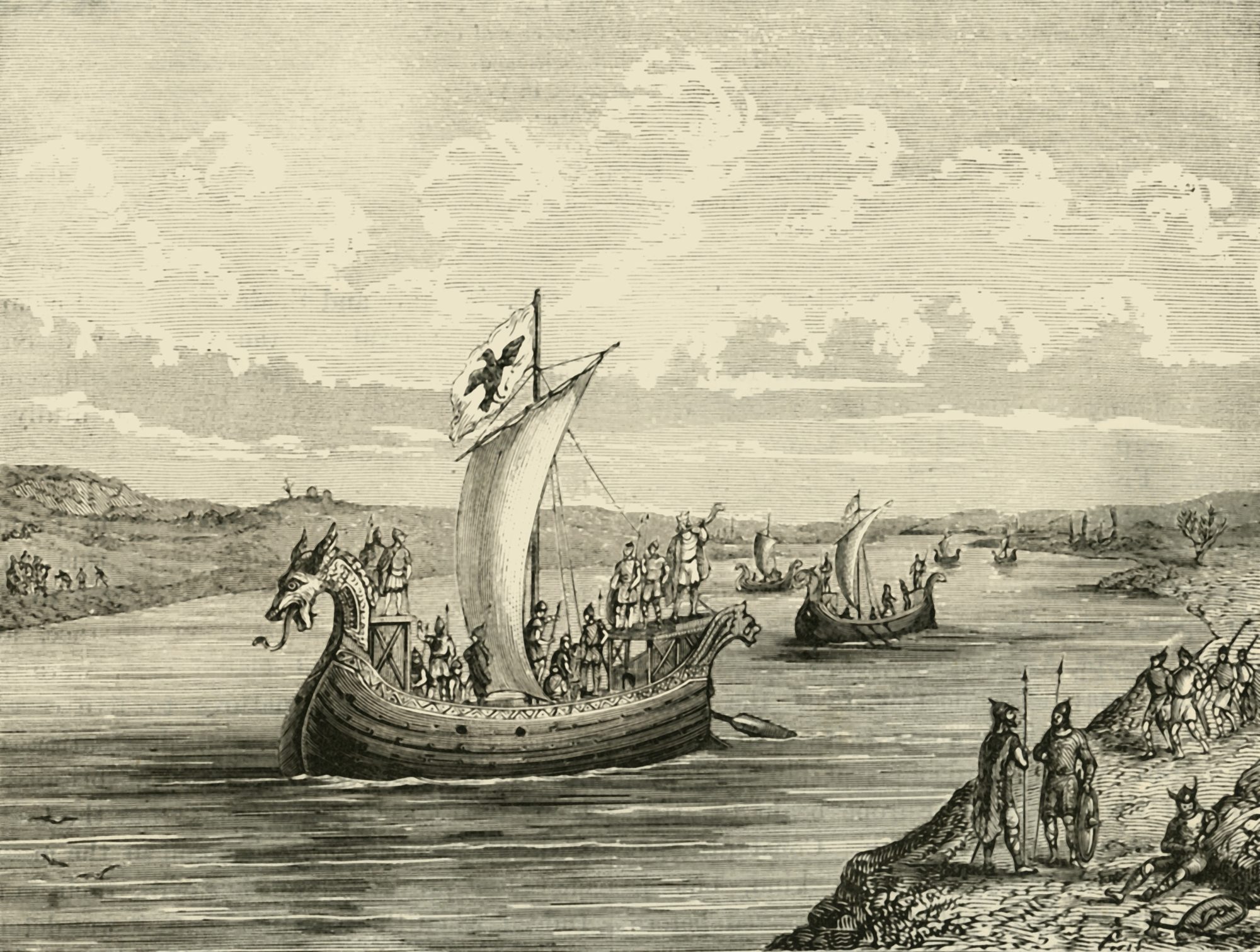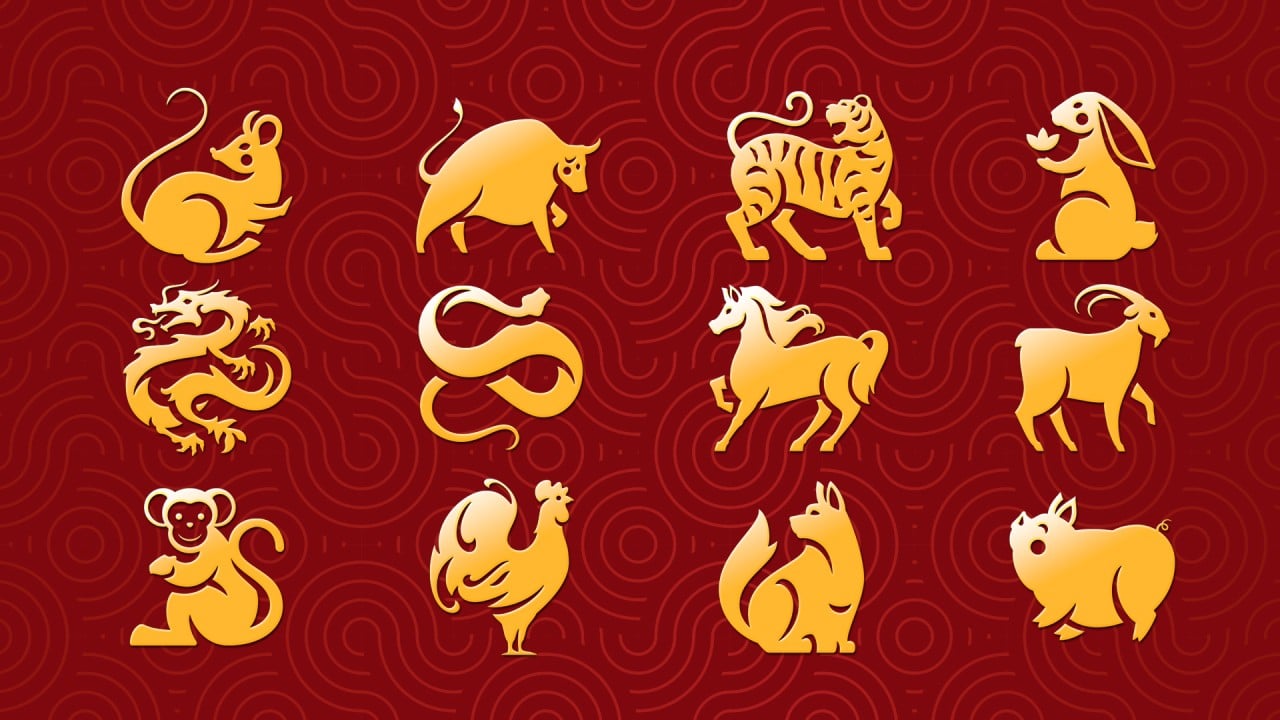
Year of the Dragon 2024: it’s not just Chinese who revere the mythical beasts – 4 other cultures that celebrate them
- Of all the creatures of the Chinese zodiac the dragon is considered particularly auspicious, and the coming Year of the Dragon is eagerly anticipated
- Chinese aren’t alone in venerating the mythical dragon. We explore its meaning in Japanese, Bhutanese, Nordic and Welsh culture
The dragon is the ultimate symbol of power, fortune and prosperity in Chinese culture. That’s why the Year of the Dragon, which will begin on February 10, 2024, is seen by many as special and auspicious.
But Chinese culture is not alone in revering dragons. Several others have a strong affiliation with the mythical beasts, whether in their folklore, traditional art or cultural practices.
The Chinese dragon
The Chinese nation calls itself the descendant of the dragon. According to one ancient myth, the powerful snake tribe defeated the other eight and in doing so claimed their totems – deer, camel, rabbit, clam monster, fish, eagle, tiger, and cow – to form the image of the dragon.
Year of the Dragon 2024: is your luck in? All 12 zodiac sign predictions
Dragon culture in China reached its peak in the Qing dynasty (1644-1911). In Chinese feudal society the dragon represented imperial power, symbolising mystery and authority, and the use of dragon motifs was reserved for the royal family.
The number of claws a dragon could have varied according to imperial ranks, with only emperors worthy of five-claw golden dragon motifs; princes had to make do with four.
Dragon motifs on different parts of the same robe carried different meanings.
Erotic Year of the Dragon calendar of Asian women challenges stereotypes
The dragon’s head on the lapel of the emperor’s robe faced up, and represented a flying dragon. It meant that the emperor, like the dragon with its head held high, enjoyed the support of the people.
The Welsh dragon
A red dragon is a symbol of victory and courage in Welsh culture.
In the 12th century, the legend of King Arthur sung by bards mentioned two giant red and white dragons. The red one represented the Celts of Wales, while the white one represented the Saxons of England.
The two dragons fought each other and, in the end, the red dragon drove away the white dragon.

This legend is a metaphor for the history of the Celts’ tenacious resistance against the Saxons. The red dragon made an eye-catching pattern on the Welsh flag and also appeared on the coat of arms of the Welsh-born King Henry VII of England.
The Nordic dragons
There are multiple legends about dragons in Scandinavian culture. Dragons usually symbolise terror, destructiveness, and greed.
One famous Scandinavian dragon is Fafnir. This is a giant dragon from Norse mythology. It has sharp, curved claws, wings and scales that cannot be penetrated by ordinary weapons, and can breathe fire. Fafnir guarded a pile of treasure and was eventually defeated by the hero Sigurd.

Scandinavian people feared dragons but also respected their power. In their eyes, dragons were powerful creatures, the embodiment of chaos and destruction.
Seeing a dragon indicated that an era of violence and turmoil was coming.
The Vikings originated from Scandinavia and their culture is closely associated with the region. They designed the prows of their ships with the image of a dragon head, and with their aggressive behaviour and looting, people’s fear of dragons was amplified.
Year of the Dragon 2024: predictions, personalities, wood element’s meaning
The Japanese dragon
Japan’s dragon culture encompasses local and Chinese beliefs. The Japanese dragon is described both as a god associated with rainfall and water and as a symbol of the sea, rivers, and mountains. Myths about dragons living in ponds and lakes near temples are widespread in Japan.
In war, the dragon also serves as a symbol of victory and protection.

In contrast to the intense bond between dragons and emperors in Chinese culture, the Japanese dragon is welcomed by princesses. In Japanese mythology, many stories describe links between dragons and female characters.
For example, Kiyohime, the “Purity Princess”, fell in love with a young Buddhist priest. After he cheated her, she studied magic, transformed into a dragon, and killed him.
Japanese temple names, like toponyms, frequently involve dragons. For instance, the Rinzai sect of Zen Buddhism has Tenryū-ji, or Heavenly Dragon Temple, Ryūtaku-ji, or Dragon Swamp Temple, and Ryōan-ji, or Dragon Peace Temple.
The dragon of Bhutan
The Kingdom of Bhutan is a small country in the eastern Himalayas where extreme weather is common. In ancient times, whenever the Bhutanese heard thunder, they would explain it as a dragon roaring.

Bhutanese love dragons a lot. They believe the dragon controls thunderstorms and is an auspicious creature, and that respecting the dragon will bring good weather and a good harvest.
The people of Bhutan call their country Druk Yul, the “Land of the Thunder Dragon”. The national flag features a white dragon on fields of golden yellow, which represents imperial power, and orange, which represents the spiritual power of Buddhism. The dragon in the flag’s centre holds in each claw a bright white orb; they symbolise power and holiness.


